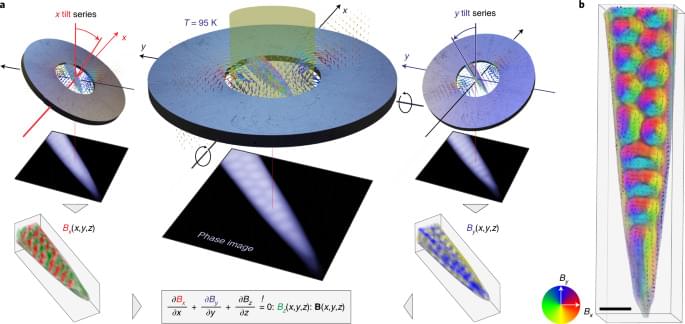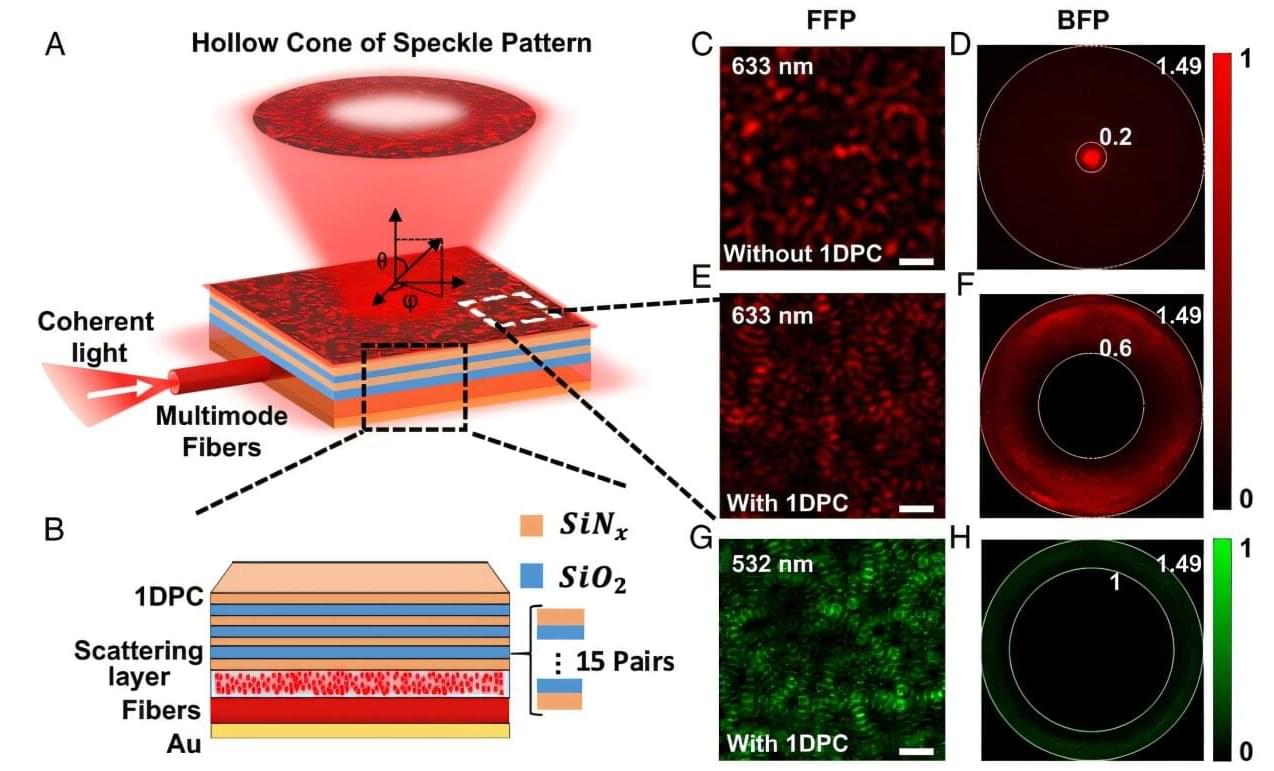And soon, we may have proof.



Well this is like the wizard of odd. 🙄 An expedition to a deep-sea ridge, just north of the Hawaiian Islands, revealed a surprise discovery back in 2022: an ancient dried-out lake bed paved with what looks like a yellow brick road.
The eerie scene was chanced upon by the exploration vessel Nautilus, while surveying the Liliʻuokalani ridge within Papahānaumokuākea Marine National Monument (PMNM).
Ve only explored about 3 percent of its seafloor…


Researchers from the University of Science and Technology of China (USTC) have unveiled a planar optical device that significantly enhances the capabilities of dark-field microscopy, achieving super-resolution imaging beyond the diffraction limit. The work was led by Prof. Zhang Douguo and has been published in the Proceedings of the National Academy of Sciences.
Dark-field microscopy is a powerful technique used to visualize unstained samples by illuminating them with light at oblique angles, resulting in high-contrast images of weakly scattering objects. However, traditional dark-field microscopy is limited by the diffraction barrier and often requires complex, bulky setups with precise alignment. Super-resolution imaging techniques, which can overcome this barrier, are typically expensive and difficult to operate. The need for a simpler, more accessible solution has long been a challenge in the field.
The study introduces a planar photonic device that integrates a scattering layer, a one-dimensional photonic crystal (1DPC), and a metallic film to generate dark-field speckle patterns. This compact device can be easily integrated into conventional microscopes, eliminating the need for complex optical systems or precise alignment.

Analysis of Moroccan stalagmites reveals that the Sahara received increased rainfall between 8,700 and 4,300 years ago, supporting early herding societies. This rainfall, likely driven by tropical plumes and monsoon expansion, narrowed the desert, improved habitability, and facilitated human movement.
Analysis of stalagmite samples from caves in southern Morocco has revealed new details about past rainfall patterns in the Sahara Desert. Researchers from the University of Oxford
The University of Oxford is a collegiate research university in Oxford, England that is made up of 39 constituent colleges, and a range of academic departments, which are organized into four divisions. It was established circa 1096, making it the oldest university in the English-speaking world and the world’s second-oldest university in continuous operation after the University of Bologna.

Hackers use polymorphic browser extensions to mimic real add-ons, steal credentials, and hijack accounts. Affects Chrome, Edge, Brave, and more.

The U.S. Federal Trade Commission (FTC) said today that Americans lost a record $12.5 billion to fraud last year, a 25% increase over the previous year.
Consumers reported that investment scams resulted in the highest losses, totaling around $5.7 billion with a median loss of over $9,000 and exceeding all other fraud categories. The second largest reported loss was linked with imposter scams, amounting to $2.95 billion in 2024.
Younger people have also reported losing money to fraud more often than people over 70, as 44% of all reports filed last year came from consumers between 20 and 29.